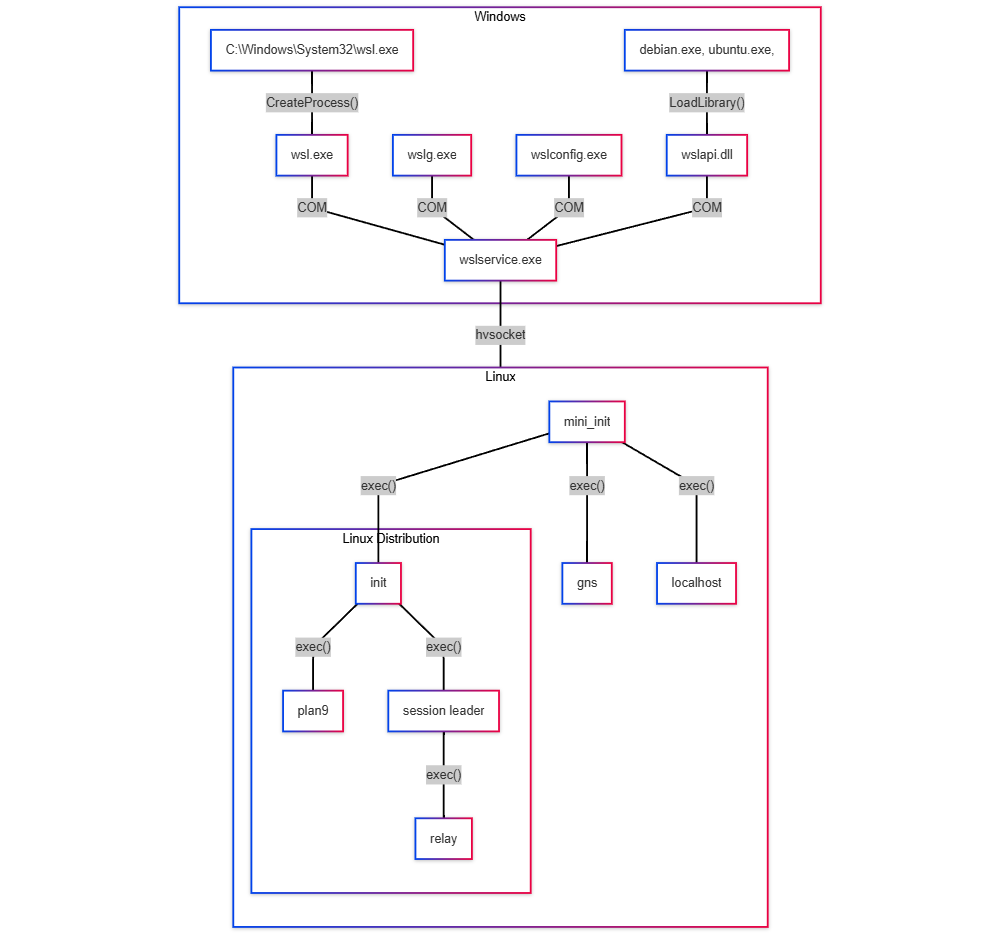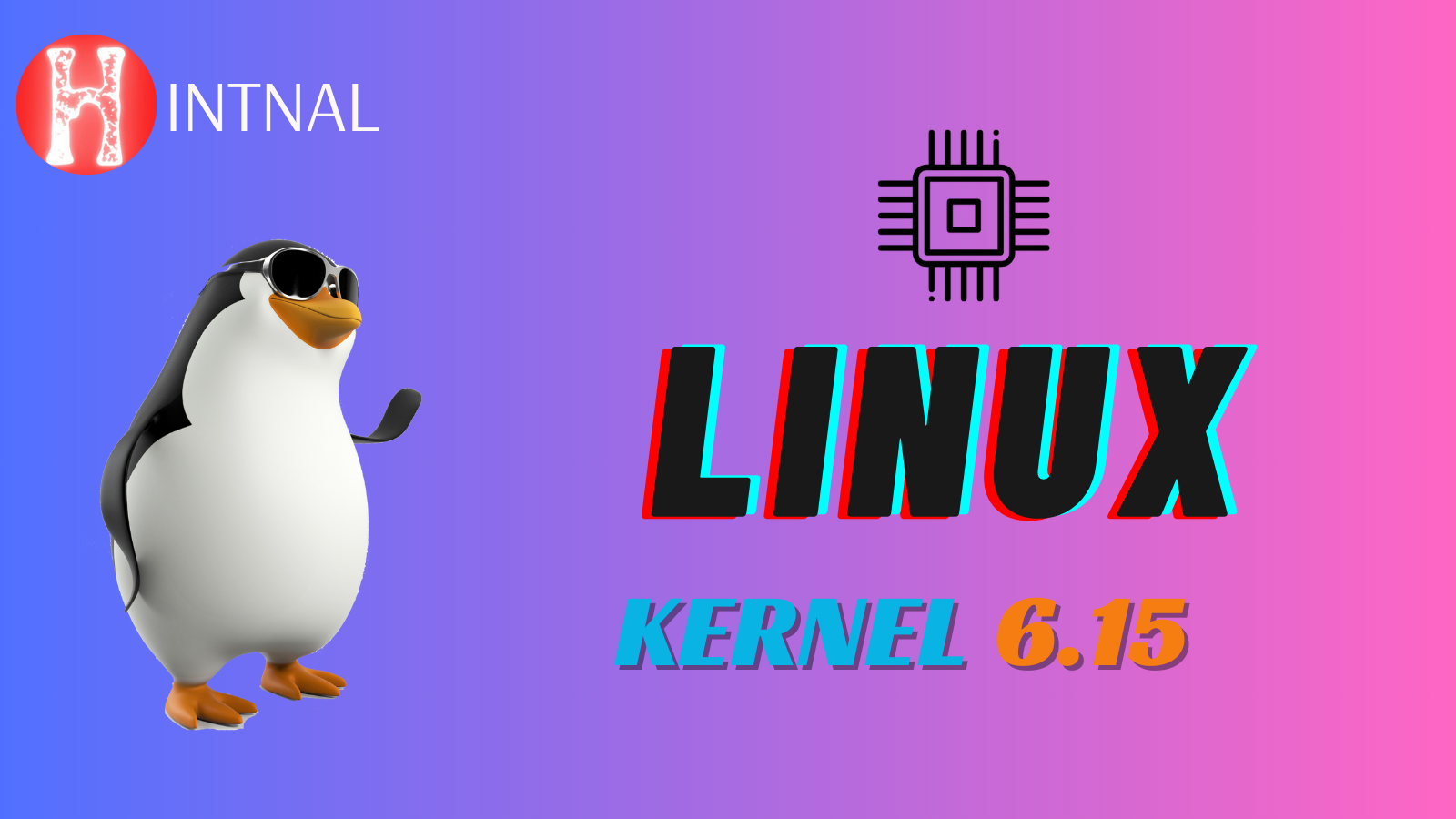
Microsoft has officially open-sourced the Windows Subsystem for Linux (WSL). Learn what’s included, what remains closed, and how this shift empowers developers and the future of Windows-Linux integration.
READ ALSO: Exton Linux 250621 OpSuS: Powerful Lightweight Live Distro
Introduction: A New Era for WSL
At Microsoft Build 2025, held on May 19, Microsoft made a pivotal announcement: the Windows Subsystem for Linux (WSL) is now officially open source.
This move marks a critical shift in Microsoft’s approach to cross-platform development—handing developers across the globe the power to shape the future of one of its most impactful tools.
What’s Open Source and What’s Not
Open-Sourced Components

The majority of the WSL architecture is now available under the MIT License, providing developers with the freedom to inspect, fork, and extend the system.
Included in the open-source release:
- Core Executables:
wsl.exe– Main WSL interfacewslconfig.exe– Configuration toolwslg.exe– WSL GUI integration
- WSL Service:
- Manages the VM lifecycle
- Controls distro registration and integration
- Handles network and filesystem communication
- Linux-Side Components:
initprocesses- Daemons for networking, port forwarding, and file-sharing
- Plan9 file server for Linux-Windows interoperability
The majority of the WSL architecture is now available under the MIT License, one of the most permissive and developer-friendly open-source licenses. This gives the community full freedom to inspect the code, fork the project, suggest improvements, and build custom solutions on top of it.
Still Closed-Source
Not all components made the cut:
| Component | Description | Status |
|---|---|---|
lxcore.sys | WSL 1 kernel driver | 🔒 Proprietary |
p9rdr.sys, p9np.dll | Network redirectors for file-sharing | 🔒 Proprietary |
These legacy drivers remain closed due to system-level dependencies and legal constraints. However, they primarily affect WSL 1, while WSL 2 and WSLg are fully open-sourced.
A Look Back: WSL’s 9-Year Journey
WSL has transformed dramatically since its first iteration in 2016. Here’s a quick overview of its evolution:
| Year | Milestone | Description |
|---|---|---|
| 2016 | WSL 1 | Translated Linux syscalls to Windows NT kernel |
| 2019 | WSL 2 | Introduced full Linux kernel in Hyper-V VM |
| 2021 | Decoupled Release | Shifted WSL to Microsoft Store for faster updates |
| 2021 | WSLg | Enabled native Linux GUI apps on Windows 11 |
| 2025 | Open Source | Full community control over core WSL components |
Why This Matters for Developers
1. Faster Development & Updates
Because WSL is now decoupled from Windows system updates, new features and fixes can be released directly through GitHub—no need to wait for OS patches.
2. Full Transparency & Customization
Organizations and developers can now:
- Audit the code
- Patch bugs independently
- Create tailored WSL builds for ML, DevOps, or IoT
3. Cross-Platform Harmony
WSL acts as a bridge between Linux and Windows. Open-sourcing strengthens this role, enabling more efficient development across diverse stacks.
4. Ecosystem Contributions
Developers can:
- Submit pull requests
- Fork the project
- Suggest features
- Report and resolve bugs
How to Get Started
Here’s a step-by-step guide for diving into the WSL project today:
Explore the Repositories
- microsoft/WSL: Core WSL codebase
- WSLg: GUI support layer
- WSL2-Linux-Kernel: Kernel source used in WSL 2
📦 WSL 2.6 is the first release made fully in the open after the GitHub source code drop—marking the beginning of community-driven development.
Read the Docs
- Microsoft Learn provides comprehensive guidance on WSL internals, architecture, and contribution workflows.
Build From Source
Microsoft offers official build instructions. You can compile WSL on your own system, test new features, or create experimental forks.
Join the Community
- Watch GitHub issues and discussions
- Follow updates via Microsoft Dev Blogs
- Join WSL-focused threads on Reddit or Stack Overflow
What’s Next for WSL?
The community now has a green light to take WSL into new territories. Here’s what we’re likely to see:
Custom WSL Builds
Tailored distributions optimized for:
- Machine learning workflows
- Cloud-native DevOps pipelines
- Embedded and edge computing
GUI Enhancements via WSLg
- Better Wayland support
- Improved performance for Linux desktop apps on Windows
- Integration with hardware acceleration
Enterprise Extensions
- Hardened, auditable builds for secure enterprise use
- Corporate-friendly features like Active Directory integration
Final Thoughts: WSL Is Now Ours
Microsoft’s decision to open-source WSL isn’t just a symbolic gesture—it’s a functional shift toward community-driven cross-platform development.
Whether you’re a student, solo developer, or enterprise architect, you now have the tools to shape WSL for your unique workflows.
This isn’t just Microsoft’s WSL anymore.
It’s everyone’s.
Call to Action: Get Involved Today
- ⭐ Star the microsoft/WSL GitHub repo
- 🔍 Explore the architecture and start contributing
- 🧰 Customize WSL to fit your development needs
At Hintnal, we’re working on in-depth guides to help you make the most of WSL:
- Building WSL from Source
- Using WSL for Full-Stack Cloud Development
- Optimizing WSL for Peak Performance
Subscribe now and stay ahead with expert-driven tutorials, insights, and real-world use cases.
Stay tuned and subscribe to never miss an update.


